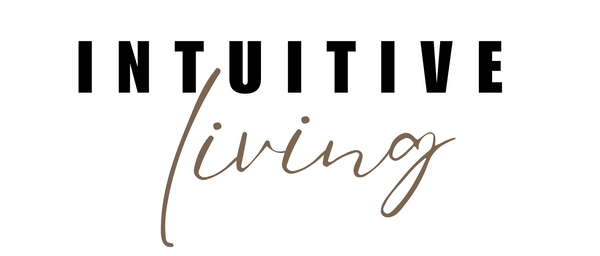
The power of co-regulation
“[Trauma] recovery can take place only within the context of relationships; it cannot occur in isolation.” - Judith Herman
There’s a conception that we need to go inward to grow. Yet simply observing ourselves when we’re in a dysregulated nervous system state doesn’t always lead to regulation. In fact, mindfulness practices on an individual basis can even be re-traumatizing. While healing may ultimately remain an internal process of integration, social support can hence facilitate the safe space (sometimes referred to as brave space) required.
According to Treleaven (2018) social connection can help us regulate our nervous systems: In part because regulated states are associated with our “social engagement system”, in part because dysregulation can stem from feelings of isolation and neglect in the first place. Counter to intuition, a solitary mindfulness practice can hence be triggering, reinforcing nervous system dysregulation. Feeling like we need to be constantly self-reliant can also result in shame when we inevitably fail at "healing ourselves", by ourselves, all the time.
“In the progress of personality, first comes a declaration of independence, then a recognition of interdependence.” - Henry Van Dyke
The act of socializing has the potential to be very healing. It encourages us to drop into our social engagement system while allowing others to help us co-regulate. That is, we become neither independent nor co-dependent, but rather interdependent. This externally mediated interactive regulation (so-called “inter-relational psychobiological regulation”) occurs as two or more individuals influence each other’s physiological and emotional states in real time (Treleaven, 2018, p. 158; Ogden et al., 2006, p. 41).
Social support can help us stay in our window of tolerance in situations that might otherwise be unbearable. However, we don’t necessarily need to have deep chats to facilitate this. Our social engagement system can switch on through subtle cues like breath, gesture and vocalization (Treleaven, 2018, p. 157). Even something as simple as listening to the sound of a steady breath, observing someone’s calm movement or hearing the voice of a loved one can help regulate our arousal.
Though personal interaction can be beneficial, co-regulation can also occur in community. Examples include practicing yoga, dancing or singing together (Treleaven, 2018, p. 158). Personally, I find common spaces like libraries and saunas very soothing. Simply sharing the same, nurturing space can have a calming effect on the nervous system.
Finally, co-regulation can take place between humans and pets too, specifically with dogs (Koskela et al., 2024). This is part of the reason why animals are sometimes used in therapy (Dixon et al., 2025). So if you like animals, maybe it's time to schedule some quality time with one?
Invitation: Schedule a co-regulatory activity that you might enjoy for this week.
As the word suggests, co-regulation is a two-way street. Social support is mutually beneficial even before the favor is returned. Indeed, both the giver and the receiver have something to gain. This is true for co-regulation between humans and animals alike (Koskela et al., 2024). Research shows that individuals who regularly engage in acts of kindness and altruistic behaviors report higher life satisfaction, lower symptoms of depression, anxiety and a stronger sense of purpose in life (Post, 2005).
“Asking for help is an act of service… Don’t deny the people who love you the honor of being there to support you.” - Simon Sinek
Clearly, nervous system regulation isn't a solo journey - it’s a shared human experience. So this week, consider both sides of the coin: Reach out for support and look for small ways to show up for someone else. In doing so, you might find that healing happens not just within you, but in relationship with those around you.
Sources
Treleaven, D. A. (2018). Trauma‑Sensitive Mindfulness: Practices for Safe and Transformative Healing. W. W. Norton & Company. https://doi.org/10.1007/s10879-018-9407-x
Ogden, P., Minton, K., & Pain, C. (2006). Trauma and the body: A sensorimotor approach to psychotherapy. W. W. Norton & Company.
Koskela, A., Törnqvist, H., Somppi, S., Tiira, K., Kykyri, V. L., Hänninen, L., Kujala, J., Nagasawa, M., Kikusui, T., & Kujala, M. V. (2024). Behavioral and emotional co-modulation during dog-owner interaction measured by heart rate variability and activity. Scientific reports, 14(1), 25201. https://doi.org/10.1038/s41598-024-76831-x
Dixon, D., Jones, C., & Green, R. (2025). Understanding the role of the animal in animal-assisted therapy: A qualitative study. Complementary Therapies in Clinical Practice, 60, 101983. https://doi.org/10.1016/j.ctcp.2025.101983
Post, S. G. (2005). Altruism, happiness, and health: It’s good to be good. International Journal of Behavioral Medicine, 12(5), 66–77.

